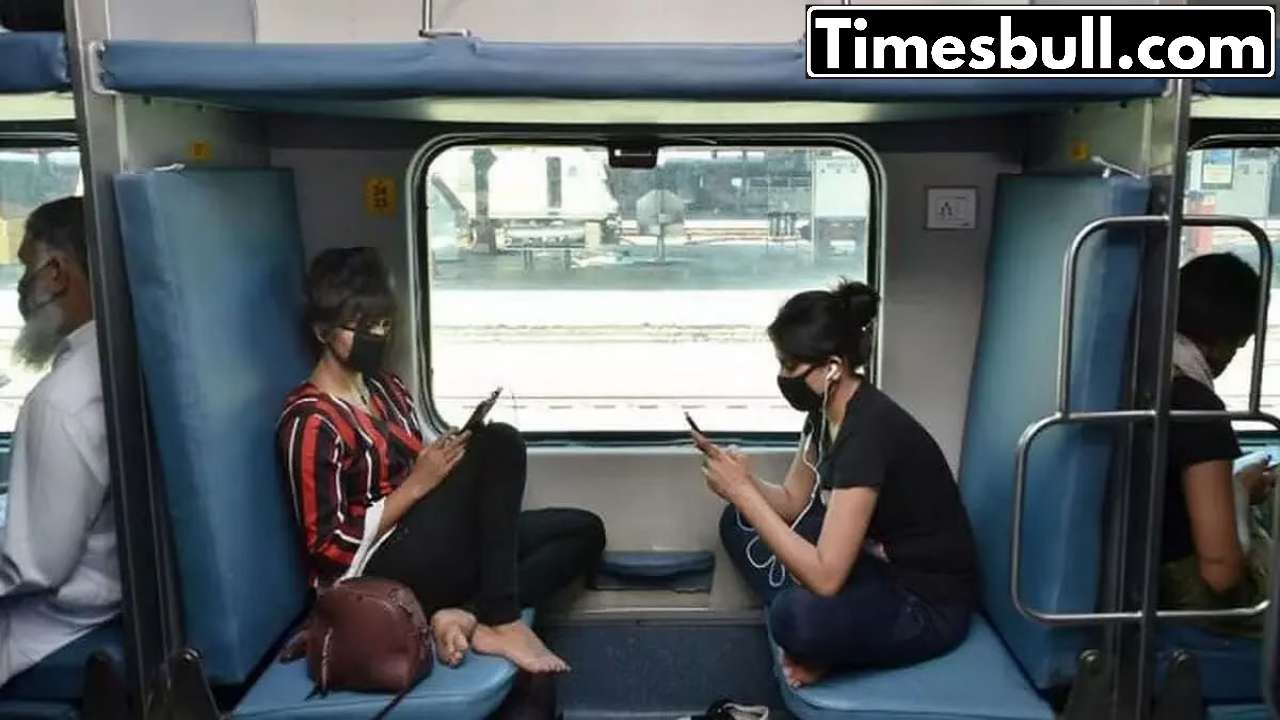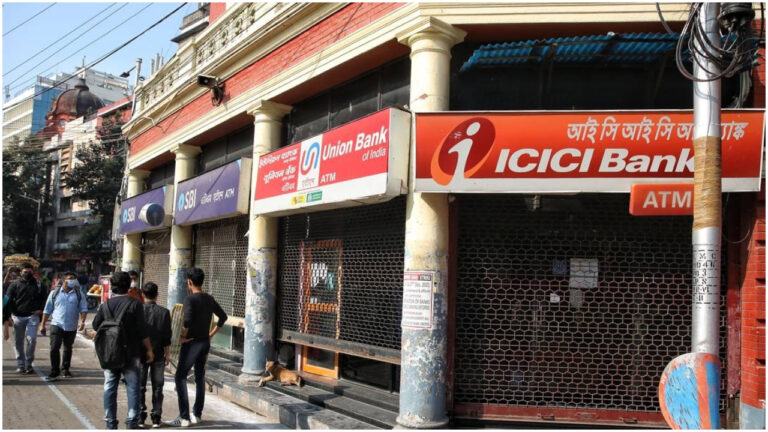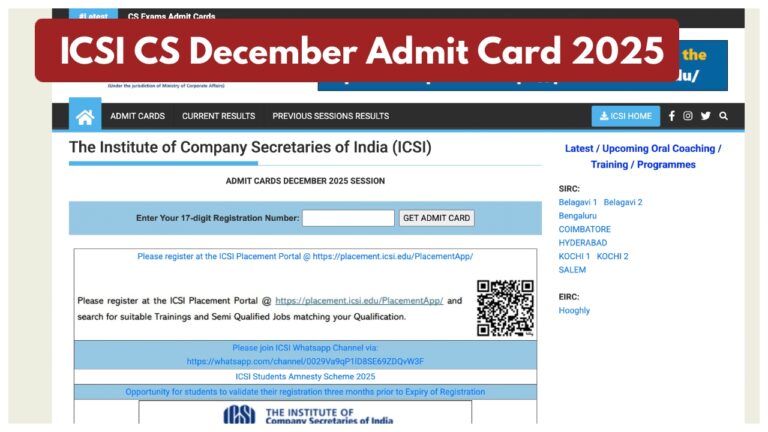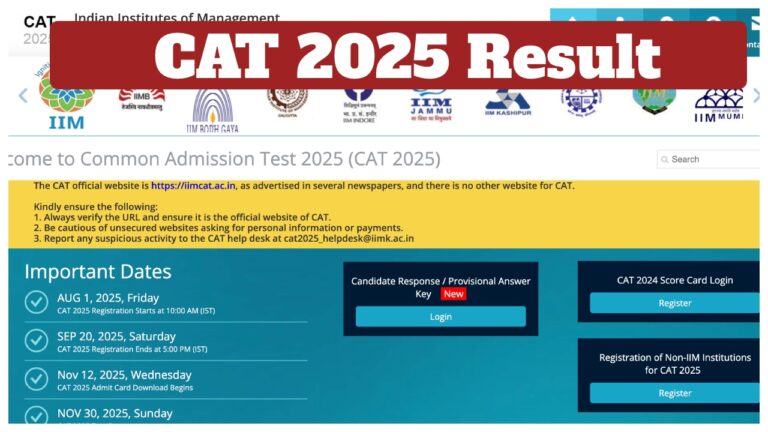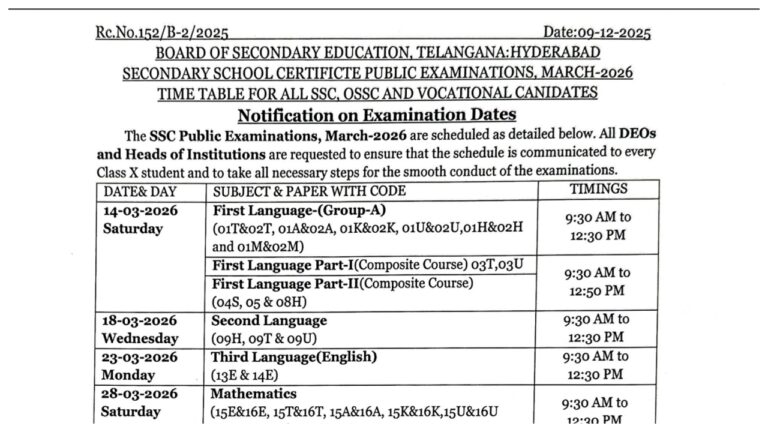When booking train tickets, many travelers end up with upper berths, which can be a challenge for women and elderly passengers. Climbing up to their seats and getting down can be tough for them. Fortunately, Indian Railways has a special policy that allows these passengers to secure lower berths without any hassle. Here’s how it works.
Indian Railways runs over 13,000 trains every day, serving around 70 million passengers each year, including a significant number of senior citizens. To accommodate them, a certain number of lower berths are set aside in all classes—Sleeper, AC Third, Second, and First—for women aged 45 and above, as well as for pregnant women and senior citizens.
Different classes have varying seat
arrangements. In Sleeper coaches, there are typically 6 to 7 reserved lower berths per coach, while AC coaches have about 4 to 5, and Second AC offers 3 to 4. The exact number can vary by coach. If there are any available lower berths, they are assigned to eligible passengers without needing to ask.
When a passenger tries to book a ticket and finds all reserved seats taken, they will be assigned whatever seats are left. This often results in senior citizens and women ending up with upper berths, as the system automatically selects the seats.
Additionally, there are reserved seats for disabled passengers across all classes. This service is available on all mail and express trains, including premium ones like Rajdhani and Shatabdi, regardless of whether the passenger is using any concessions. If a lower berth is free, it will be allocated to them. In Sleeper class, two berths are reserved for the disabled, with similar arrangements in Third AC and Economy AC.
How to get the lower seat
Seats in railways are available on first come first serve basis. Therefore, people should plan their journey in advance so that they can get their desired seats. Reservation in trains starts 60 minutes in advance.
